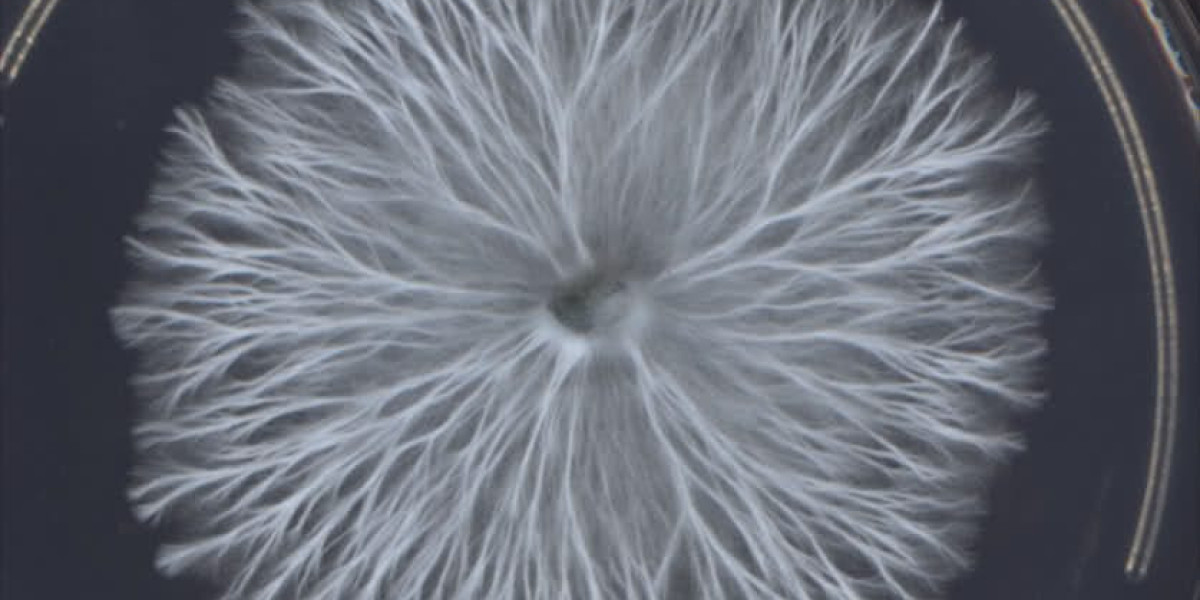The global Mycelium Market is witnessing unprecedented momentum, fueled by an increasing shift toward sustainable materials and circular economy models. Derived from the root-like structure of fungi, mycelium is now at the forefront of innovation across various industries—from eco-friendly packaging and fashion to construction and food. As environmental concerns mount and governments enforce stricter regulations on plastic use and emissions, mycelium’s biodegradable and renewable characteristics are making it a preferred alternative in both B2B and consumer-facing markets.
Sustainability as a Core Market Driver
A significant driver behind the growing interest in mycelium is the global urgency to reduce plastic waste and carbon footprints. With mounting pressure to move away from synthetic and petroleum-based materials, industries are turning to organic, compostable alternatives. Mycelium offers a scalable and cost-effective solution. It can be cultivated using agricultural byproducts and grown in controlled environments with minimal inputs, resulting in low-impact production processes. This positions mycelium as a front-runner in the race for green material innovation.
For instance, packaging giants and start-ups alike are replacing polystyrene foams with mycelium-based alternatives that offer equal structural integrity without the environmental harm. These packaging materials decompose naturally within 30 to 60 days, significantly outperforming plastic counterparts in terms of biodegradability.
Diversification Across Industries
1. Packaging and Logistics
Mycelium-based packaging has emerged as one of the most commercially viable applications, with companies like Ecovative, Dell, and IKEA incorporating the material into their supply chains. This trend aligns with ESG (Environmental, Social, and Governance) goals, especially among publicly listed corporations aiming to enhance their sustainability ratings. The lightweight, durable, and shock-absorbing properties of mycelium packaging make it ideal for electronics, cosmetics, and consumer goods sectors.
2. Fashion and Textiles
In fashion, mycelium leather is disrupting traditional animal-based and synthetic alternatives. Brands such as Stella McCartney and Adidas have experimented with fungal leather (commonly known as mylo), which is cruelty-free, biodegradable, and aesthetically comparable to traditional leather. As the ethical fashion movement gathers steam, demand for innovative bio-based materials like mycelium continues to rise.
3. Construction and Architecture
In architecture and construction, mycelium composites are being used to develop insulation materials, bricks, and acoustic panels. These products offer thermal efficiency, are flame-retardant, and contribute to green building certifications such as LEED. Mycelium’s natural ability to bind particles gives it structural versatility while reducing embodied energy in building materials.
4. Food and Nutraceuticals
Edible mycelium is gaining popularity in plant-based meat alternatives and health supplements. As an ingredient, it offers high protein content, low fat, and a natural umami flavor. Companies in the alternative protein space are leveraging fermentation technologies to scale production of mycelium-based meat analogs, aiming to meet the growing demand for healthy and ethical food choices.
Technological Advancements Fueling Market Expansion
Recent advancements in biotechnology and material sciences are accelerating the refinement of mycelium cultivation processes. Controlled fermentation, genetic optimization, and 3D molding techniques are enabling producers to scale output while maintaining consistency and quality. Automation and vertical farming setups are also being integrated to reduce labor and spatial requirements, further enhancing economic viability.
Moreover, new research into tuning the mechanical, thermal, and acoustic properties of mycelium composites is expanding the material’s application horizon. These R&D efforts are supported by government grants, academic partnerships, and impact investors aiming to promote sustainable innovation.
Regional Insights and Market Outlook
North America currently leads the global mycelium market, with the United States hosting several pioneering firms and research institutions focused on fungal biomaterials. Europe follows closely, driven by strong regulatory support for sustainable practices and an active green technology ecosystem. Asia-Pacific is poised for rapid growth, especially as countries like India and China invest in eco-friendly infrastructure and alternatives to plastic.
The global mycelium market is projected to grow at a double-digit CAGR over the next decade. Market players are increasingly focusing on patenting proprietary strains and cultivation methods to maintain competitive advantage and meet the demand from diverse end-use industries.
Challenges and Considerations
Despite its promising outlook, the mycelium market faces certain challenges. Standardization of material quality, scalability, and consumer acceptance remain critical hurdles. Additionally, regulatory frameworks for fungal-based products—especially in food and fashion—are still evolving, which can delay commercialization in some regions.
That said, as awareness around sustainability grows and more brands commit to eco-conscious sourcing, the demand for reliable, high-performing mycelium products is expected to increase significantly.
Conclusion
The mycelium market is no longer confined to experimental labs or niche environmental projects—it is evolving into a robust, commercially viable industry. With applications spanning packaging, textiles, construction, and food, mycelium holds immense promise in addressing global environmental challenges. As innovation accelerates and demand for sustainable solutions intensifies, mycelium is poised to become a cornerstone of the green economy.






